Climbing Injury Prevention
With climbing gyms re-opening (again), outdoor season ramping up, and with it being climbing season, for some of us it will also unfortunately be injury season. However, if we listen to our bodies, and take a few steps to mitigate our injury risk, we can ensure that our climbing season is long and healthy!
Shoulder, elbow, wrist and hand injuries are some of the most common experienced by climbers of all levels, and across all disciplines. There has also been an increase in knee and hip injuries with the evolution of more dynamic boulder problems, and the inclusion of more technical moves like drop knees and heel hooks in route setting. Aches and pains are normal part of climbing; if it wasn’t hard and dangerous we wouldn’t do it right? But while some of these aches and pains are normal, others can mean the end of your climbing for weeks if not months.
So how do we tell the difference?
Most of us have experience with acute injuries. A rolled ankle or a twisted knee injuries are pretty obvious; the pain is usually pretty intense, sharp, and there is often swelling involved with some immediate dysfunction and the inability to walk or raise your arm above your head. We see injuries like these in climbing when you throw for a move and tweak your shoulder, or take an awkward fall bouldering and wrench your knee. These types of injuries should be assessed immediately and rehabbed appropriately before returning to climbing.
A lot of other climbing related injuries are not quite so obvious. It might start out as a nagging ache on your inner elbow that’s not too bad when you’re on the wall, but really hurts after you cool down. Or a tightness in your hip or lower back that seems to make the outside of your knee hurt too. Injuries like these are more often related to repetitive stress as a result of underlying weakness, poor technique, or too much volume.
What can we do to prevent these injuries?
START SLOW
I know you were projecting 5’s and 6’s before the shutdown, and 4’s were like a warm-up for you. But that was months ago, and if you haven’t been able to maintain a similar level of training, you’re going to have to build up your physical stress tolerance again. As we get back to climbing, we’ll all have to adjust our expectations, and modify our workouts appropriately. Dropping the grade level and the number of problems you attempt in a workout will significantly decrease your chance of injuring yourself.
WARM-UP
Most climbers just climb a couple of routes well below their grade and call it a warm-up. This is a good way to get flash-pumped and predispose yourself to all kinds of injuries. A good warm-up will only take 10-15 minutes. If you’re worried about it cutting into your time slot at the gym, then some advanced planning might be needed to warm-up before you arrive (or see the above point and START SLOW). The climbing doctor Jared Vagy who wrote Climb Injury Free has a great climbing specific warm-up that can be found here.
USE THE REMEMBER TECHNIQUE
Overgripping, poor footwork, and chicken winging can all lead to unnecessary injury. This is not a blog on climbing technique, but there are a lot of great resources out there. Climb with more experienced partners, or observe more experienced climbers on the wall. The best option here by far is to get a coach and put some time into building a solid skill set. Climbing is unique in its nature in that it is a sport which requires a great deal of refined skill in addition to physical strength and conditioning to maximize potential.
ADDRESS UNDERLYING WEAKNESSES
Old poorly rehabbed injuries can come back to haunt us after periods of rest, or if we significantly increase physical demands on our bodies. I don’t know how many times I’ve had a climber come in with elbow pain on the same side as a rotator cuff injury from two years ago that they thought they rehabbed, only to find on assessment that the shoulder is still weak and unstable, leading to compensations resulting in the development of elbow pain. This is where working with your coach or healthcare professional to address any underlying problems before they become injuries can help not only to keep you climbing, but also to help you reach your potential as a climber and send your projects for the season.
Corona Station Physical Therapy is now offering Performance Climbing Assessments which aim to address underlying weaknesses, stiffnesses, instabilities and asymmetries that may be holding you back. We also offer assessment of training plans to ensure that you are maximizing your time and effort in your goal to become a better climber.
In my next blog I’ll go into how we acquire new skills and how to optimize that process, as well as introducing the concept of blocked integrated training programming, and how our training should change as the climbing season progresses.
Written by Ehryn Crane. Clinic Owner. BScPT, FCAMPT, Dry Needling Certified.


